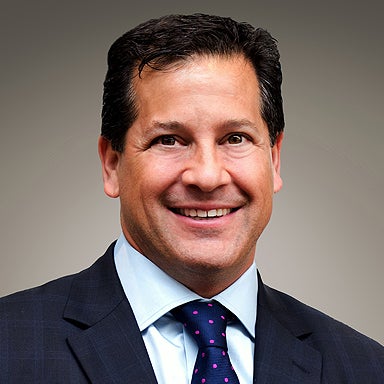U.S. Renewables Roundup, June 2022
Over the last 10-15 years, the U.S. renewables market has continued to grow and thrive in an exponential manner, with the market going from single digit millions in transactions to billions. Simultaneously, returns at the project level for wind and solar have compressed down to mid-single digit IRRs for fully contracted projects.
As developers and the financial institutions or energy companies behind them continued to see the market flourish with diminishing returns, they realized that they had to take more and more risk to achieve their return thresholds as well as gigawatt targets.
With recent headwinds facing the U.S. industry – including supply chain issues, inflation, tariffs, increasing insurance costs and rising interest rates to name a few – you have to wonder if and when the music will stop. For the last several years, a predominate amount of the independent solar and wind developers have been acquired or consolidated into other major players. The acquirors today, unlike in the past, are purchasing developers with fewer and fewer operating assets, thus taking greater development risk.
In hindsight, any acquiror or financial backer employing this strategy prior to a few years ago typically made multiples on their investment. Going forward, it’s difficult to see how it can continue. At some point, one of the acquired developers and their sponsors will fail. Eventually, there will be no more white knights willing to pay up for a developer platform simply to attain or increase their foothold in North America.
Currently, most of the wind and solar developers are facing significant headwinds. Obtaining solar panels, turbines, batteries, and other equipment in a timely manner has become a major obstacle. Developers are facing additional economic hardships due to increased costs of equipment, EPCs, debt and tax equity financing. They are also witnessing much longer interconnection queues – not to mention PJM’s queue reform that is expected to take two years. Development in Texas has been a feast or famine for years leading up to Tropical Storm Uri which derailed many operating and development projects for a period of time.
So, if you are presently looking to acquire a renewable development platform, how should you approach the market? What is the best way to ensure that you not only lose your investment, but have the best opportunity to hit your return thresholds? What are the qualities that make up for a successful acquisition? Even if you determine your investment parameters, what is the best way to approach the market?
On the flip side, how should up and coming renewable developers build their businesses to be successful, and ultimately raise corporate capital to establish their own platform?
For both sides of the aisle, the answers probably seem simplistic, but they are often overlooked or misunderstood.
For developers and investors alike, here are some key principals to consider:
1. Organization – Developers need to be organized. From start to finish of your projects, it is critical that your team as well as investors can navigate through every aspect of a project – including site control, permitting, local regulations, EPC, O&M strategy, etc.
2. Exit Strategy – Whether buy/hold, developers should go into every project with an eye on the exit – primarily the financial returns of the project itself. You must also have room to move when things could potentially go wrong.
- Over the last couple years, the market is continually seeing projects that do not meet threshold returns.
- You cannot rely on the most aggressive merchant curves. Be conservative.
3. Procurement Strategy – If you’re planning on holding assets, you must have a procurement strategy or find an investor or JV partner that has access to equipment.
4. Management Team – It is hard for investors to lose money with good management teams. A good team and culture will find a way to navigate any market and will find ways to win when others do not.
5. Be Commercial. As an investment banker operating in the renewable sector for over 15 years, this is easily the most overlooked – and possibly the most important – aspect by developers and investors.
I need to expound on the last point. If you’re an investor with capital to invest in the renewables market, identifying and buying a platform is probably easier than it seems.
First, you must know what your investment parameters are – e.g., contracted vs merchant risk, return thresholds, geographic targets, renewable sector (wind, solar, battery, etc.). Once you have a firm understanding of your investment thesis (hopefully properly socialized with the right internal authorities to assure buy-in), only then are you ready to go to the market.
When developer and sponsors investment theses align, both parties should focus on getting a deal done, rather than battling it out over future projections and pro forma models that most likely will be very different in reality. If you have the first four bullets covered above, then the fifth one should make the combination a successful one.
